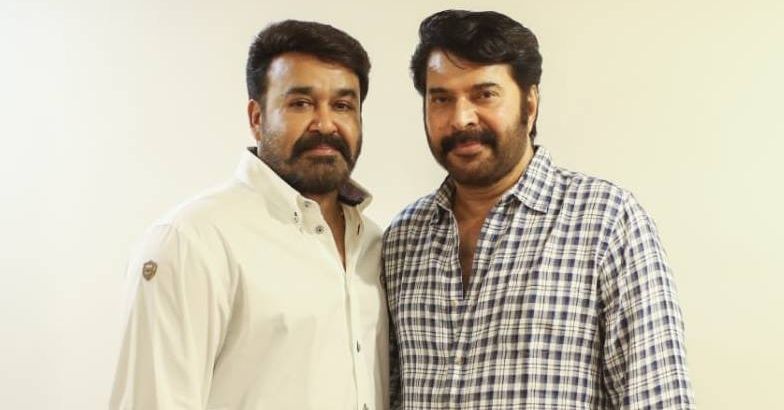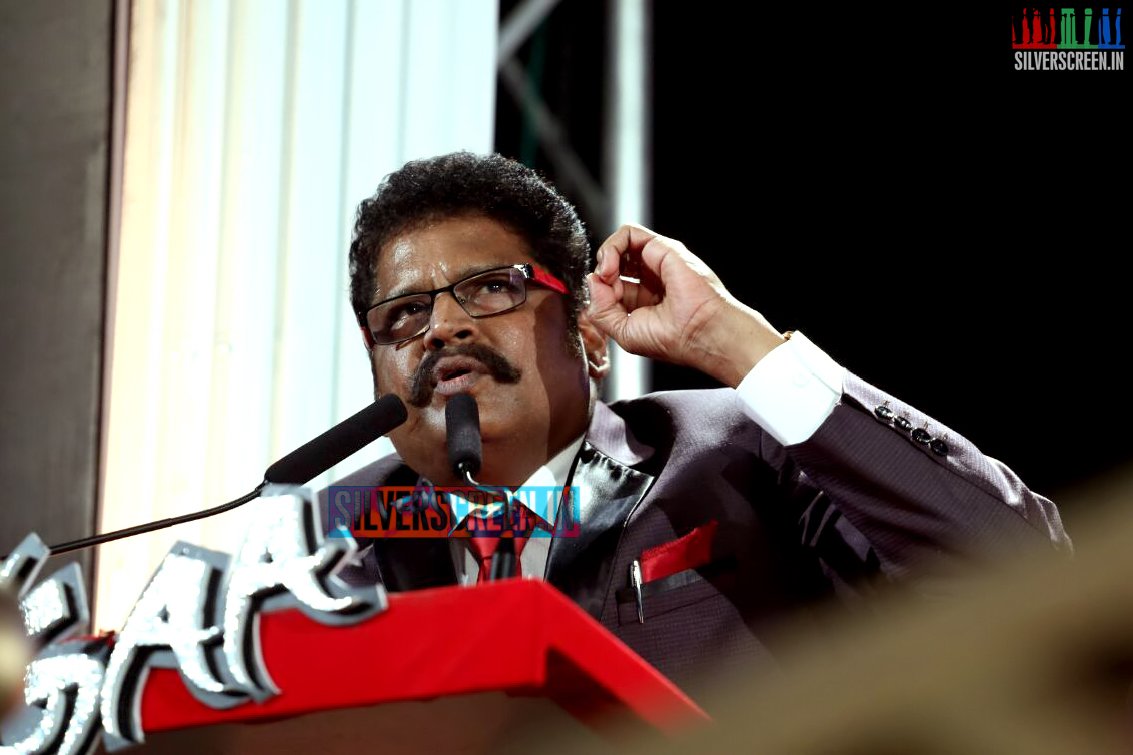Director: S Shankar
Cast: Amy Jackson, Rajinikanth, Akshay Kumar
Composer: A R Rahman /Qutub-E-Kripa
Rajinikanth walks into a room. That is probably the line in the script. More accurately, it would have said Dr Vaseegaran walks into a room. Shankar betrays no intention to change this idea from Enthiran, of giving the Superstar his most passive introduction in the last thirty to thirty-five years. In Enthiran, we see him meddling with an android, the camera gradually panning away from him. In 2.0, its sequel that finally released today, he simply walks through a doorway. The idea remains the same. Vaseegaran is not the hero of the film, he is only an enabler. As is Shankar. Shankar reserves the machismo, the one-liners, the close-ups and the rousing background score that calls on Isaac Asimov for Chitti, version no bar. He also reserves some for himself, the yarn spinner, the set piece choreographer.
It is Akshay Kumar as Pakshirajan (he is from Thirukazhukundram, Pakshithirtham) who gets a big reveal, accompanied by a stylish walk and menacing look. In a non-Rajini universe, Pakshirajan would have been Shankar’s hero. He is the one who gets the Shankar staple – a flashback to evoke sympathy. He is the one assuming an identity to terrorize common people for their misdeeds. But this is a Shankar film in a universe where Rajinikanth exists as a colossus.
Shankar is unlike Rajini film directors (post the Superstar status) that came before him, those who serviced only the star, his aura and his legend. They rode on that for the better part of two to three hours. Shankar, for all his visual spectacle and grand themes, is primarily a myth maker. In 2.0, we see that myth maker but not as much as we would have liked. Pakshirajan is served by the myth of eagles that stopped coming to Thirukazhukundram in Kali Yuga, himself taking on the eagle form.
There is also a singular visual character to Shankar’s myths. In 2.0 (written by Shankar and dialogues by B Jeyamohan), he gives us a story about a baby that was still-born. He shows the baby in the hospital, in its crib right next to the mother. Look at how Shankar imagines a still-born baby. First, for a new born, the size of the baby is misleading. It’s huge, almost imposing on the big screen. And it looks like the baby is made of clay, the joints a little too fine, the fat a little too pronounced, and even the shrivelled male member is detailed carefully. Then something truly mythic happens. Even supernatural. Something that reflects Nila (Amy Jackson), another android, placing a rehabilitated MPU into Chitti’s chest to save his life.
This mirroring is all Shankar. Shankar also has a thing for exaggerated deaths and murders. Right from Gentleman to Indian, the kind of murder being central to the theme of Anniyan up till the hideousness of revenge in I. In 2.0, people die when mobile phones enter the body and explode into pieces. A mobile phone, having done its work inside as if it was Kuato from Total Recall, bursts out of a man’s intestines. These are not shown of course, but Shankar puts them in your mind.
Unfortunately, in 2.0, these staples don’t form a whole. In place of nano swarms, we have mobile phone swarms. Smart phones as autonomous swarms is admittedly a neat idea (smart phones are now….smart?), what if we become subservient to something that was our toy, something we fiddle with every waking hour and manipulated to our own fancy? There is even an allusion to selfie-related deaths. There is a mention of how Pakshirajan’s theory of cell phone tower radiation being harmful has no science backing, but the film spits out a lot of gibberish from Vaseegaran in order for us to take it seriously. After all, the whole premise of the film rests on it. At one point, Vaseegaran mentions that Pakshirajan’s existence can be explained by spirituality mixed with science. One wonders if Shankar wrote that or Rajini himself.
The film has an enjoyable Crichtonian quality but without a lot of the writer’s significant, at least part meaningful detail. What we are left with is our friendly neighbourhood superhero, Chitti. In Chitti’s first scene in the film, there is an attack on the city, a building under construction and a suspiciously huge net. Chitti does something we’ve seen Spiderman do a million times.
As the film progresses, the set pieces get better. There is a familiar Hollywood summer movie disregard for civilian population in the destruction all around and the special effects hold up to a degree. Despite that, it is somewhat a satisfying feeling to see the setting be TTK Road and not Times Square. But it is so fleeting, the other places we see are so generic that we have no connect. Shankar recalls the quality that made Enthiran‘s last half hour a crazy roller coaster ride. But with mixed results. A R Rahman and Qutub-E-Kripa deliver a thumping score to complement Chitti’s walk, one-liners and punches, both literal and metaphorical. ‘Rajaali’ is a particular crowd-pleaser.
Recommended
2.0 is the film where A R Rahman has had the most fun in a long time. Yet, Shankar is unable to dismantle the building blocks of Enthiran and create something fresh. Chitti running for power supply is a tired trope by now. Does he have a dash charger? There is also the re-use of magnets and scrap metals to fight mobile phone swarm. The most arresting quality of Enthiran, a significant film in the Rajinikanth oeuvre, is about Rajinikanth as the creator and the destroyer. The film literally tells the story of a hero and a villain, both of Rajini’s making. And it parallels the aura of Rajinikanth the Superstar, an image he himself has created and something he alone can destroy, if he so wishes. There was heart in Enthiran. In 2.0, there is only silicon.
*****
The 2.0 review is a Silverscreen original article. It was not paid for or commissioned by anyone associated with the film. Silverscreen.in and its writers do not have any commercial relationship with movies that are reviewed on the site.



